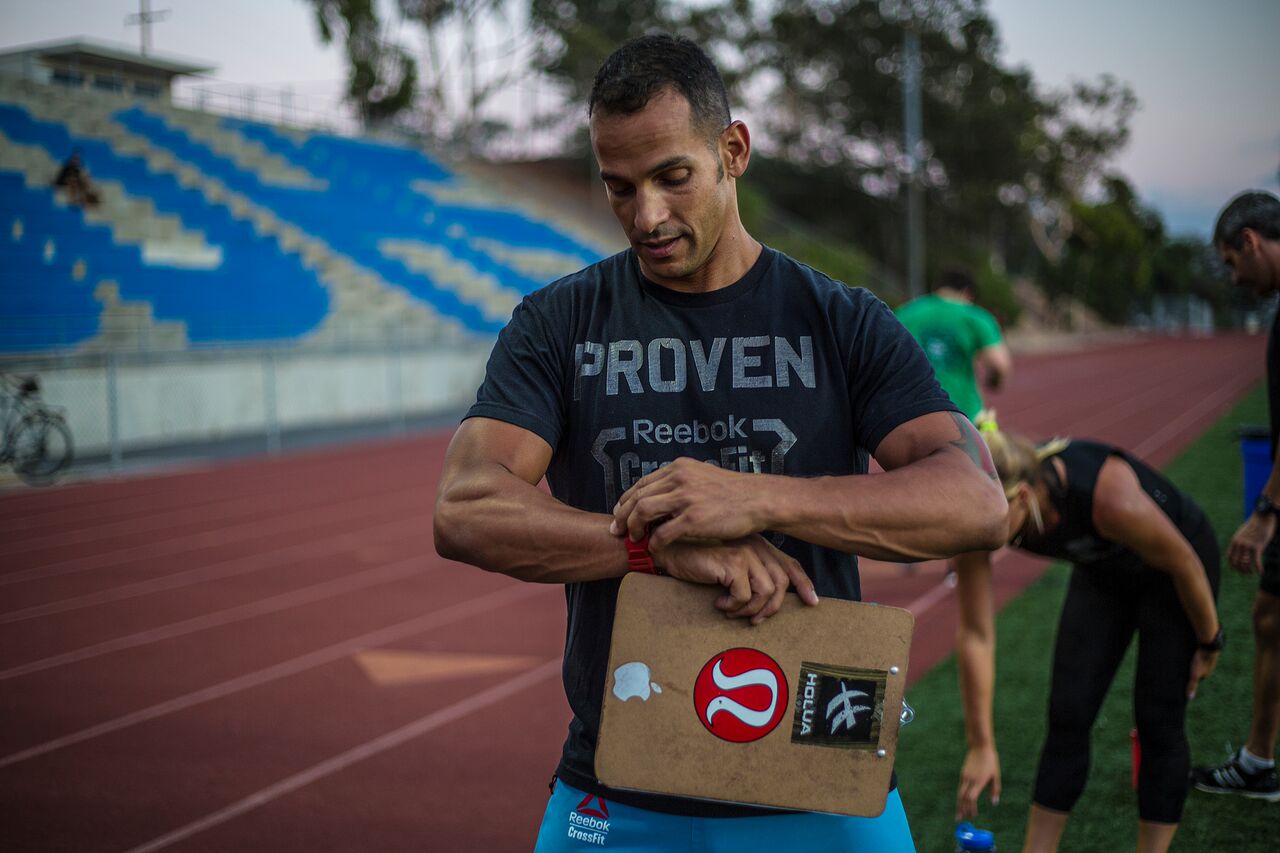 Calculating Pace Zones
Calculating Pace Zones
Written by Nuno Costa
As CrossFit continues to evolve as a sport, we are starting to see athletes become better and better in every area they are tested. One thing that’s certain is that we will continue to see running being tested in the sport of fitness. One of the key components to becoming a better runner is pacing.
I used to teach the Endurance seminars for CrossFit and something we always talked about was how CrossFit athletes need to learn how to pace and how endurance athletes need to learn about intensity. Needless to say, both communities can learn from one another. As we’ve seen the sport evolve athletes have become much better at pacing, not just within running but also in workouts.
The skill of pacing does not come overnight. It requires some understanding and practice. Running is one of the best ways to learn how to pace since most running workouts require some knowledge and understanding of the time domain, rest intervals, terrain and distance. All these variables need to be taken into consideration when running or when doing a workout.
The first thing an athlete needs to do is get a benchmark for their running. This could be a 1-mile time trial, a 5k or another distance that was recently tested. Once you have your benchmark, plug it into the McMillan FREE running calculator. There are other pacing calculators out there but this is the one I have used most often with clients successfully. For example, if you ran your recent mile time trial in 6:45 and your goal is to be able to run a 5K in 21 minutes then plug both times into the calculator. Once you do this it will show you what your current times are and what your goal times are. For someone that wants to run a 5k in 21 minutes they need to average 6:46 per mile, which means their mile time trial should be closer to the 6 minute mark.
You can work forward or backwards based on the algorithm calculations the running calculator provides. The things that are most pertinent when using the McMillan Run Calculator is the training paces. I use this when I create workouts for different athletes based on their ability. The training paces we use most often are the speed paces and sprint paces. However even these are going to have some variation based on the workout and how much rest there is between the working intervals.
When doing longer endurance/stamina based workouts that are percentage based then use the formula pulled from Power Speed & Endurance website, the old CrossFit Endurance website. Here is a short how-to on calculating percentages based off time trials:
Formula: P + (P x (1 – E)) = G
P = fastest time for the distance. Convert to seconds.
E = Desired effort level in decimal form (90% = .90)
G = Goal time in seconds
Example: 90% of 10k TT Pace
So, if my fastest 10k is 48 minutes and my desired effort is 90% then my goal time should be:
2,880 + (2,880 x .10) = G
3,168 seconds= 52.8 minute 10K
Hopefully this article gives you a little insight on pacing; where you are at now with your running and where you need to be in accordance to what your goals are. This should help you calculate your pace for interval based running workouts and have an understanding of how to calculate percentages for longer based stamina runs. In an upcoming post we will review what watches are out there that can help you with pacing in real time as well as apps that can also assist with this.
If you haven’t checked out our online endurance program, be sure to do so as soon as possible. Give it a try for a few months and watch your running/aerobic capacity improve! You can register for it here:
https://www.crossfitinvictus.com/competitors/invictus-athletes-programs/
Also Check Out …
Invictus Endurance Program: What to Expect